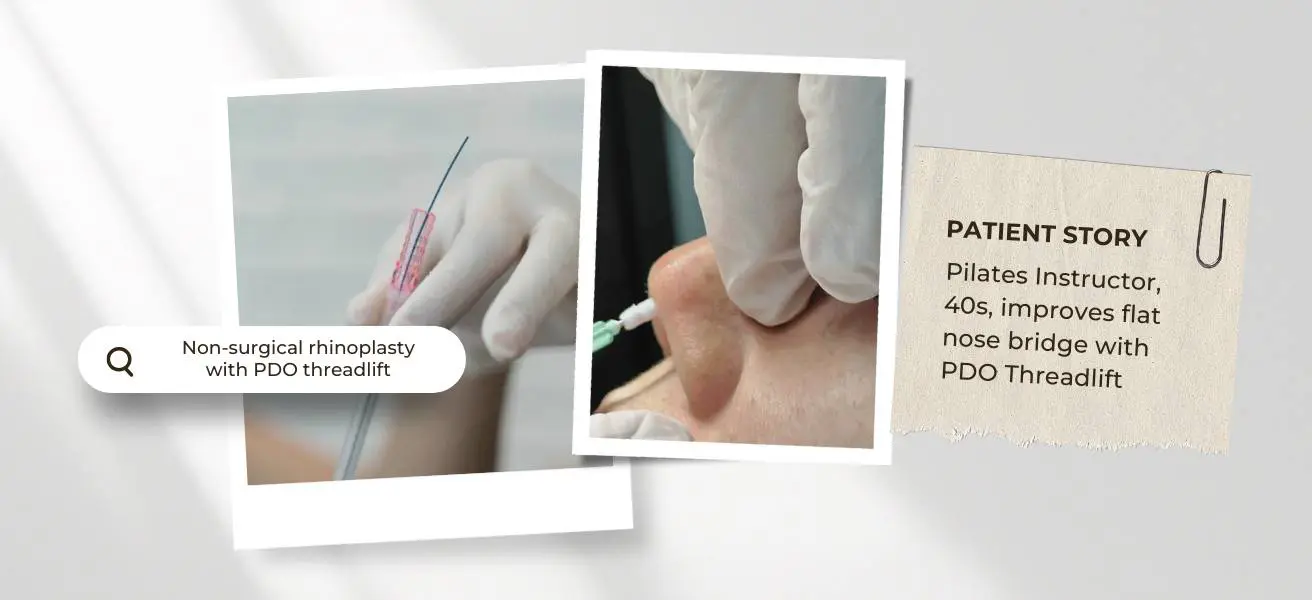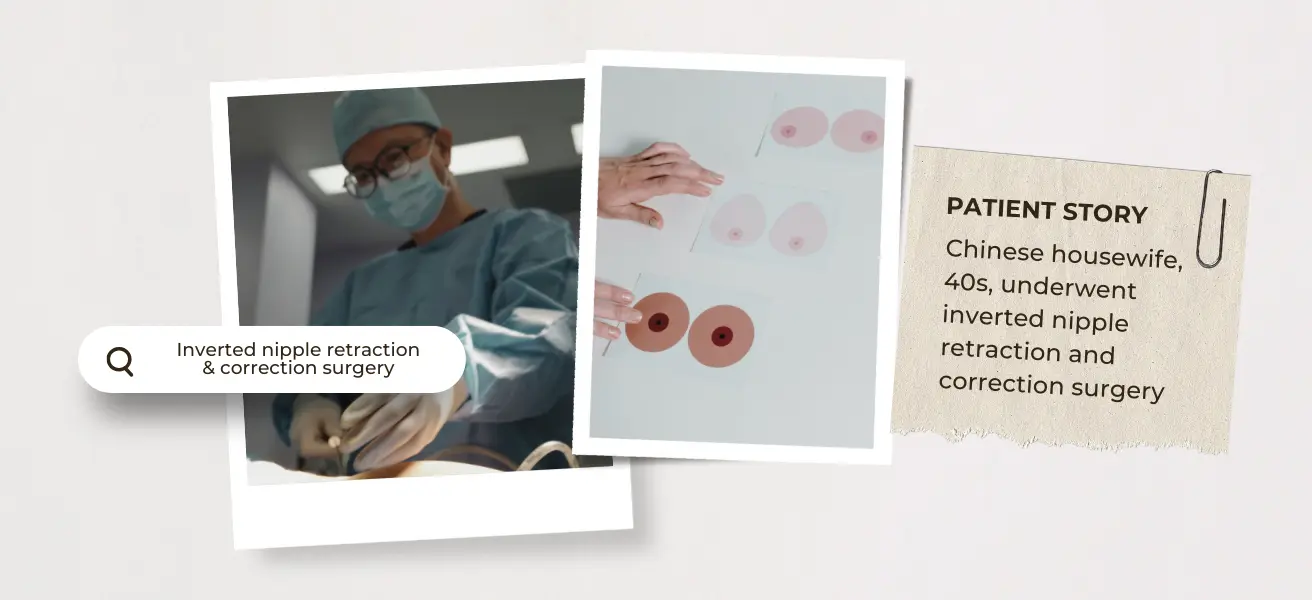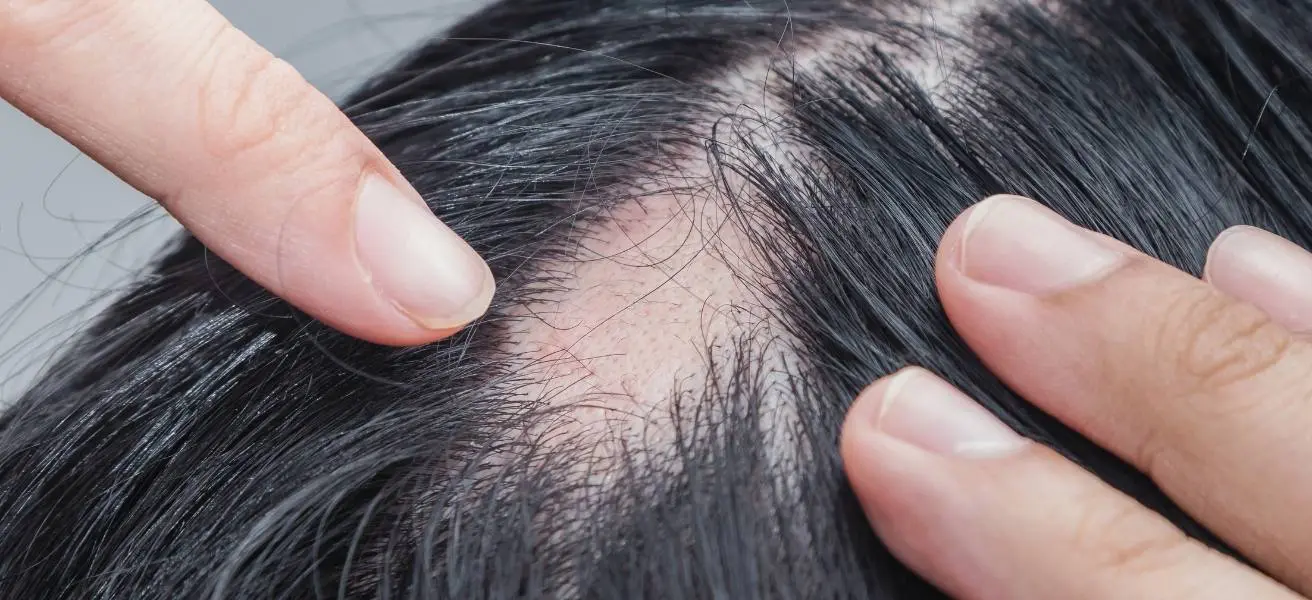"Abs are made in the kitchen." Weight loss, just like abs, also starts in the kitchen. Here are some healthy dietary habits to consider.
Table of Contents
According to the National Sports Participation Survey by Sports Singapore, from 2001 to 2020, there was a whopping 35% increase in females and a 25% increase in males actively participating in sports-related activities.
Sports-related injuries, such as ankle sprains, groin injuries, hamstring strains, knee injuries, tennis elbow, back injuries, dislocations, and ligament tears, are commonly seen.
It has been clinically proven that “acute dry needling can be used to bolster athletes’ health and possibly improve sports performance [2]. Dry needling can facilitate the healing process by reducing pain, increasing blood flow and joint mobility, and promoting the body's natural recovery.
Treating Sports Injuries with Dry Needling Therapy

Dry needling originated in China and is used to treat musculoskeletal pain and repetitive stress injuries.
How is dry needling done?
This is done by inserting a fine needle into areas with tightness and stiffness, such as the trigger points, which block pain messages to the brain.
Benefits of dry needling therapy
Dry needling can benefit those experiencing or suffering from body soreness, tightness, and stiffness. The muscles undergo wear and tear. The areas where soreness and tightness are felt are known as trigger points. Dry needling effectively addresses the discomfort.
During treatment, a twitch or spasm in the muscle fibre is expected. Patients also often feel a sense of relaxation. This is due to the body's natural response and neurocircuitry activity.
It is common for an individual to feel tired or heaviness in the limb after treatment, as this indicates that the body is reaping the benefits of the treatment.
It is a highly effective method of treating muscular pain when done correctly. Dry needling is not suitable for everyone; for example:
- People with needle phobia
- Those suffering from high blood pressure
- Pregnant women in general
- Individuals suffering from infection, colds and flu
- Those with open wounds
What are dry needling trigger points?
As the name suggests, trigger points are points from which the pain actually stems. These areas are also known as "knots" in the body. A trigger point may be far removed from the spot where the pain is felt.
How can we treat trigger points with dry needling?
If left untreated, trigger points can influence the way the body's muscles function, which can cause even more severe pain in the future. Dry needling done on trigger points loosens stiff and tight muscles. It is an effective method of alleviating discomfort and pain, enabling the muscles to relax. Many people have experienced relief and benefited from dry needling.
The needles used are very fine, and discomfort or pain, if any, is very minimal. Nonetheless, should the pain be a little overbearing, it is recommended to alert the therapist. The session can be done with multiple needles as required by the number of trigger points in one session. The number of sessions needed will be discussed and informed by the therapist.
What is the difference between acupuncture and dry needling?
Acupuncture is synonymous with Traditional Chinese Medicine, and it involves the insertion of fine needles into acupuncture points located along the meridian lines. This is thought to help restore energy balance and flow in the body, promoting its natural healing process. Dry needling is not the same as acupuncture.
The primary philosophy behind acupuncture is releasing chi, or healing energy, to activate healing. Dry needling involves applying strong stimulation to the muscles to release tension.

FAQ on dry needling
Does dry needling hurt?
Some people experience a dull ache. After treatment, you may experience slight twitching or minor muscle aches and soreness.
How deep do dry needles go?
A needle is inserted about THREE to FOUR mm above the trigger point. This sets off several processes in the body to facilitate the treatment of the affected area.
How often should I do dry needling?
This is dependent on a patient's condition and severity. The therapist will be in a position to give better advice and make a recommendation based on the patient's needs.
Does dry needling release toxins?
It is a method of releasing toxins from the body, mainly causing inflammation at the trigger points. Reducing inflammation and improving blood flow helps to reduce and alleviate discomfort and pain in the affected areas.
This article has been written under the guidance and advisory of Dr. Ivan Puah, who has a Graduate Diploma in Sports Medicine and is trained in Trigger Point Dry Needling, and serves as the medical director of Amaris B. Clinic. The information provided herein is intended solely for educational purposes, to share the benefits of holistic therapies for tight muscles and sports injuries. It is important to note that dry needling treatments should only be administered by trained and certified professionals.
Disclaimer: This article is not intended to serve as medical advice or consultation. The content is not a substitute for professional medical diagnosis, advice, or treatment. Individuals should seek the advice of their physician or other qualified health providers with any questions they may have regarding a medical condition. Do not disregard professional medical advice or delay in seeking it because of something you have read in the article.





























